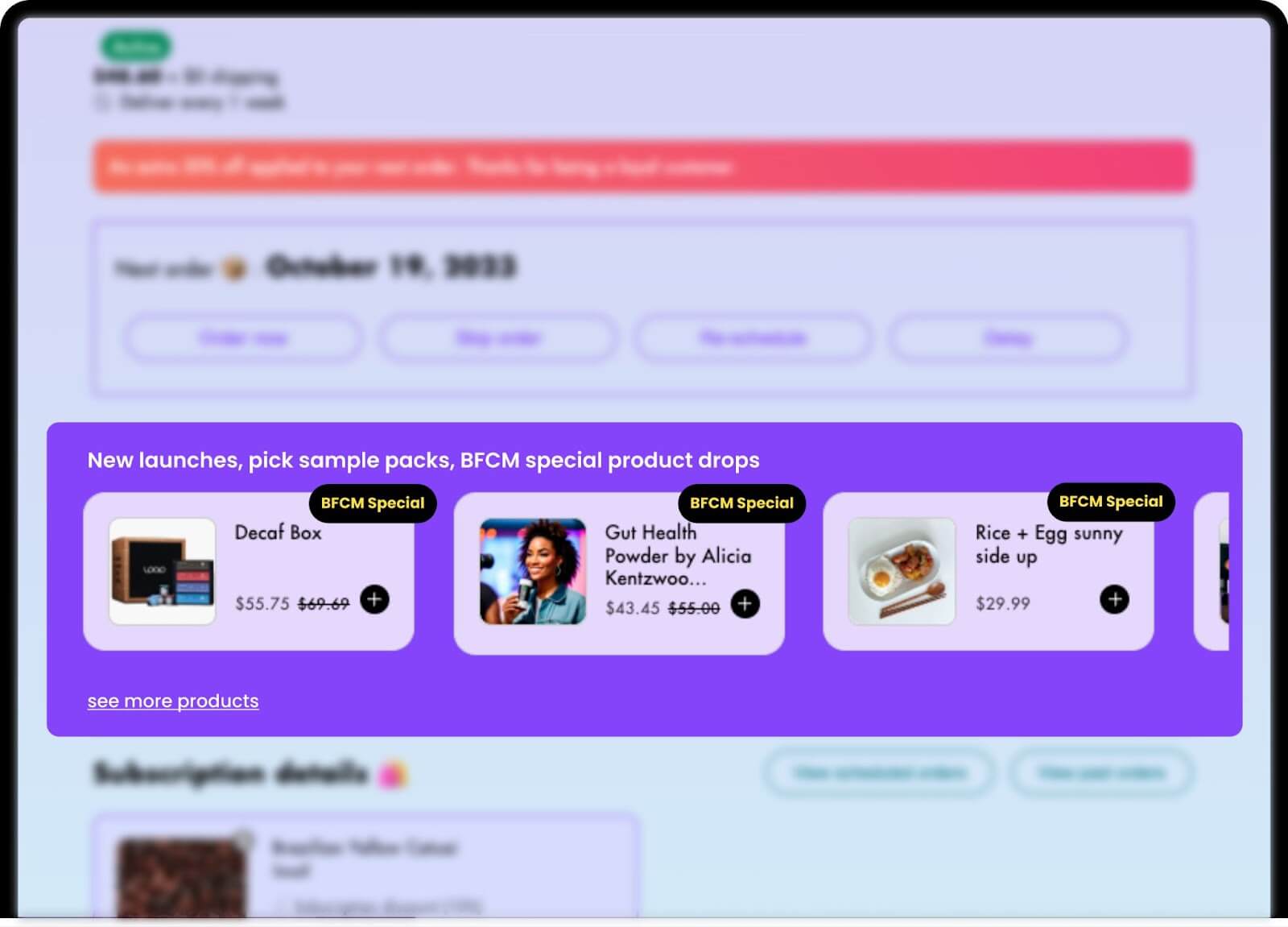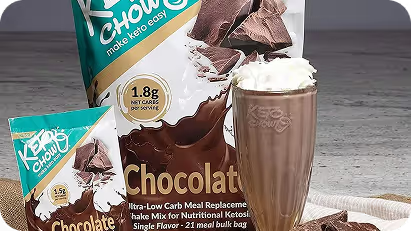How to calculate the LTV of your Shopify Store?
The lifetime value of a customer is an important metric for any eCommerce business. By determining how much customers are likely to spend over the lifetime of the relationship with your store. By understanding how much a customer will pay, you can effectively assess customer value and allocate time and budget.
What is LTV?
Customer lifetime value measures the total revenue a customer generates throughout the relationship with your business. LTV takes into account the entire lifespan of a customer’s purchasing behaviour.
What is the difference between LTV and CLV?
LTV (Lifetime Value) and CLV (Customer Lifetime Value) are often used parallelly to represent the total revenue a customer is expected to generate over their relationship with the business. However, LTV is a more general term that refers to the average lifetime value of a customer. While CLV refers to the lifetime value of a single customer. It factors into purchase history, demographics and behaviours.
Why is LTV Important for Shopify Merchants?
LTV is a great metric for Shopify merchants because it gives an idea about the customer’s worth to business. Here’s why LTV is important:
- LTV tracking helps in evaluating the effectiveness of the marketing campaigns
- Helps understand if the customer acquisition cost is justified
- Provides insights into customers behaviour and reference.
- Determines the overall value of business.
How LTV Works (The Basics)
The LTV formula is:
LTV = Average purchase value x Number of purchases per year x Number of years a customer will purchase
For example, consider your daily coffee habit: if you buy a $3 coffee five days a week for 52 weeks, you spend around $780 a year. If you remain loyal to that shop for five years, your LTV becomes:
$3 per cup x 52 weeks x 5 days per week x 5 years = $3,900 LTV
Add a $5 scone every Friday, and the LTV jumps by over $1,000, bringing it to $4,900 over five years.
While eCommerce businesses have less frequent purchases at higher points, the principle is somewhat similar. LTV helps identify valuable customers, allowing you to make informed retention strategies and decisions on customer incentives.
How to Calculate LTV for Subscription-based Businesses
Calculating LTV for subscription businesses is a little more complicated as we have to consider other factors like
- Monthly Recurring Revenue (MRR) - Refers to the monthly revenue generated from subscriptions.
- Churn Rate - The percentage of subscribers who cancel their subscription every month.
- Gross Margin - The portion of revenue left after subtracting the cost of sold goods.
For Example, Your subscription business generates a monthly recurring revenue of $20,000, a gross margin of 60% and a churn rate of 5%. Now to calculate LTV you will need to use this formula:
LTV = (MRR X Gross Margin X (1-Churn rate)) / Churn rate
Here the LTV will be
LTV = ($20,000 X 0.60 X (1-0.05)) / 0.05
LTV = $2,28,000
In the subscription business model, the LTV is higher due to recurring revenue, making it essential to retain subscribers and reduce churn.
What is a Good Retention Rate and LTV for Shopify Stores?
For Shopify businesses, retention and LTV are crucial metrics for determining their success. Hence, understanding the retention rate and LTV can provide actionable insights on customer retention and overall profitability.
Good Retention Rate for Shopify Stores
Retention rate is the percentage of customers/subscribers making repeat purchases within a specific period. Having a high retention rate translates to your customers being loyal and satisfied with your products. Similarly, a low retention rate might reveal issues related to your product offering, support or services.
For most eCommerce businesses, a good retention rate ranges from 25-30%, which means almost one-third of the customers make additional purchases after their first purchase. Subscription businesses often have a higher retention rate compared to businesses with single purchase models.
However, the retention rate is not similar for every industry, e.g, beauty and apparel brands usually have a higher retention rate than electronics due to the nature of the products.
Good Lifetime Value (LTV) for Shopify Stores
Engaged customers making more repeat purchases increases the LTV of your store. In general, A good LTV for Shopify stores ranges between $300-$400, although it varies for different industries, products and demographics. Tracking your store’s LTV can provide insight into how effective your strategies are for increasing revenue and building customer loyalty.
LTV to CAC ratio compares the lifetime value of a customer to the cost of acquiring them, helping you assess whether your business is growing. A good LTV to CAC ratio for Shopify business is typically 3:1. This means if you spent 10 dollars on acquiring new customers, the customer should generate 30 dollars in lifetime revenue. Ratio higher than 3:1 suggests your business has an efficient customer acquisition and retention system.
However, If your CAC is higher than your LTV, It is a red flag. This indicates that your business is spending more money in acquiring customers than bringing in. On the other hand if your LTV exceeds your CAC, you may not be investing enough in customer acquisition.
Key Tips for Improving Your LTV-to-CAC Ratio:
- Reduce Customer Churn: Optimizing customer retention can improve LTV of a shopify store. You can try implementing loyalty programs, offering subscription models to encourage repeat purchases.
- Improve customer acquisition channel: Focus on acquiring higher-value customers by targeting demographics likely to turn into long-term customers.
- Upsell and Cross-sell: Offering products or premium services can increase the average order value and the overall LTV.
3 Ways Loop’s Customer Portal can drive high LTV
Here are 3 ways Loop’s customer portal can drive high LTV for your subscription business.
- Gamify Subscriber Rewards To Boost LTV - The customer portal to engage your subscribers by showing them how many orders they’re away from getting a reward.

- Increase AOV With Upselling - Upsell new product launches, gift cards and product trials to your loyal subscribers with exclusive discounts.

- Reduce Churn With Cancellation Surveys - Use GIF / Video / Text to create a message to motivate subscribers to take alternative actions instead of cancellation.

For more detailed information on how Loop’s customer portal can help you drive high LTV, refer to this blog.
Looking to maximize the value each customer brings? Check out this blog for detailed strategies.
Calculate LTV FAQs
1. What is CLTV?
Customer Lifetime value is a measure to understand the total revenue a business can expect from a customer over their entire relationship.
2. How to calculate CLTV?
Divide total revenue by number of purchases and by number of unique customers. Multiply the average purchase value by purchase frequency. Multiplying customer value by average customer lifespan: This gives you the CLTV.
3. What is the difference between CLTV and customer lifetime?
CLTV is the total revenue from a customer. Customer lifetime is the duration of the customer relationship.
Conclusion
LTV analysis is important for Shopify eCommerce businesses, enabling you to make data-driven decisions on how much to invest in customer acquisition and retention. You can optimize your marketing efforts, improve profitability, and ensure long-term growth by understanding how much revenue you can expect from each customer over their entire relationship with your brand.
Maximizing LTV while maintaining a healthy LTV-to-CAC ratio will help you scale efficiently and sustainably, ensuring that each customer contributes positively to your bottom line. Use LTV as a key metric to inform business strategies that prioritize customer loyalty and overall profitability.
Table of contents























.png)







.png)






































